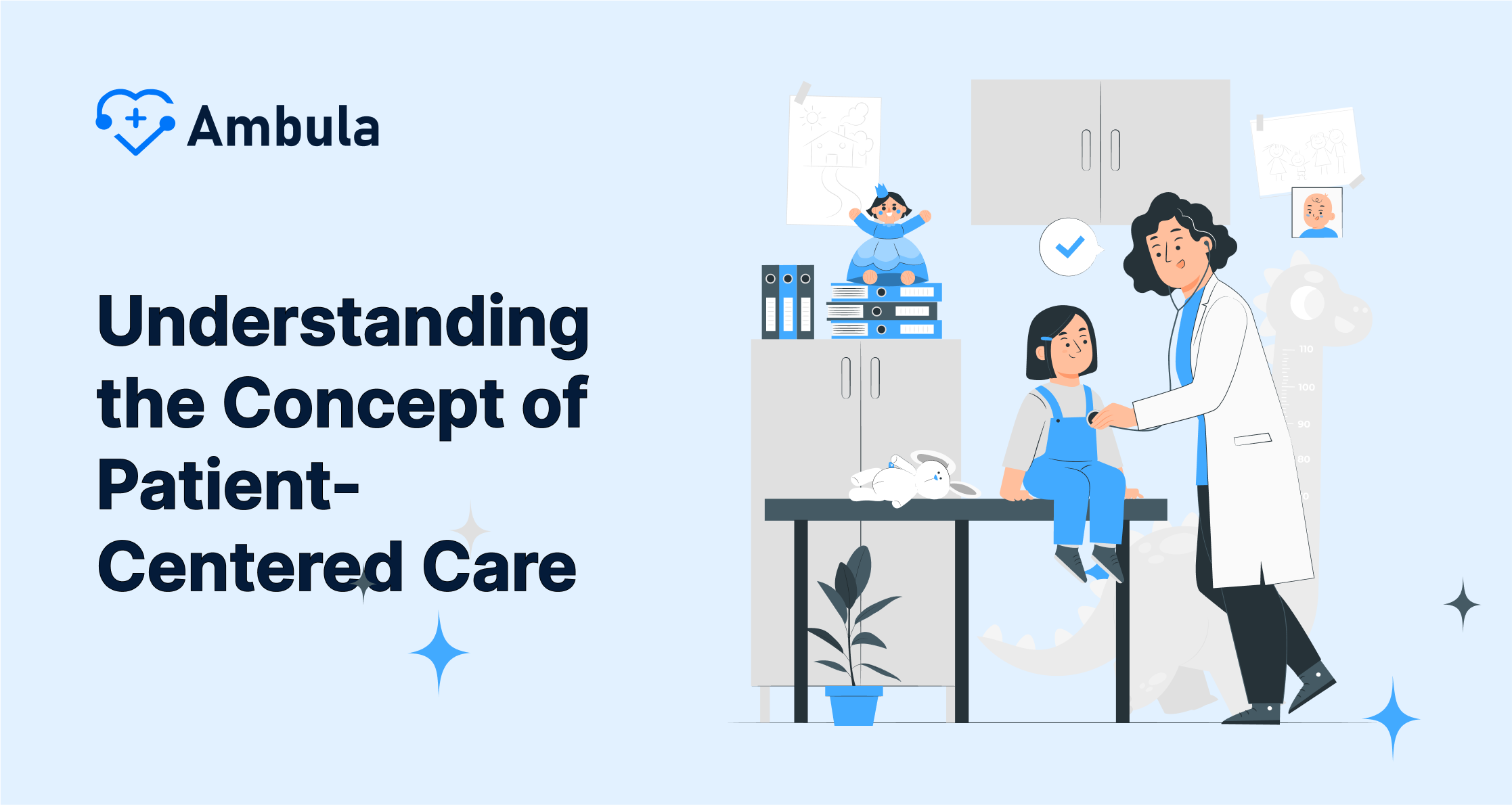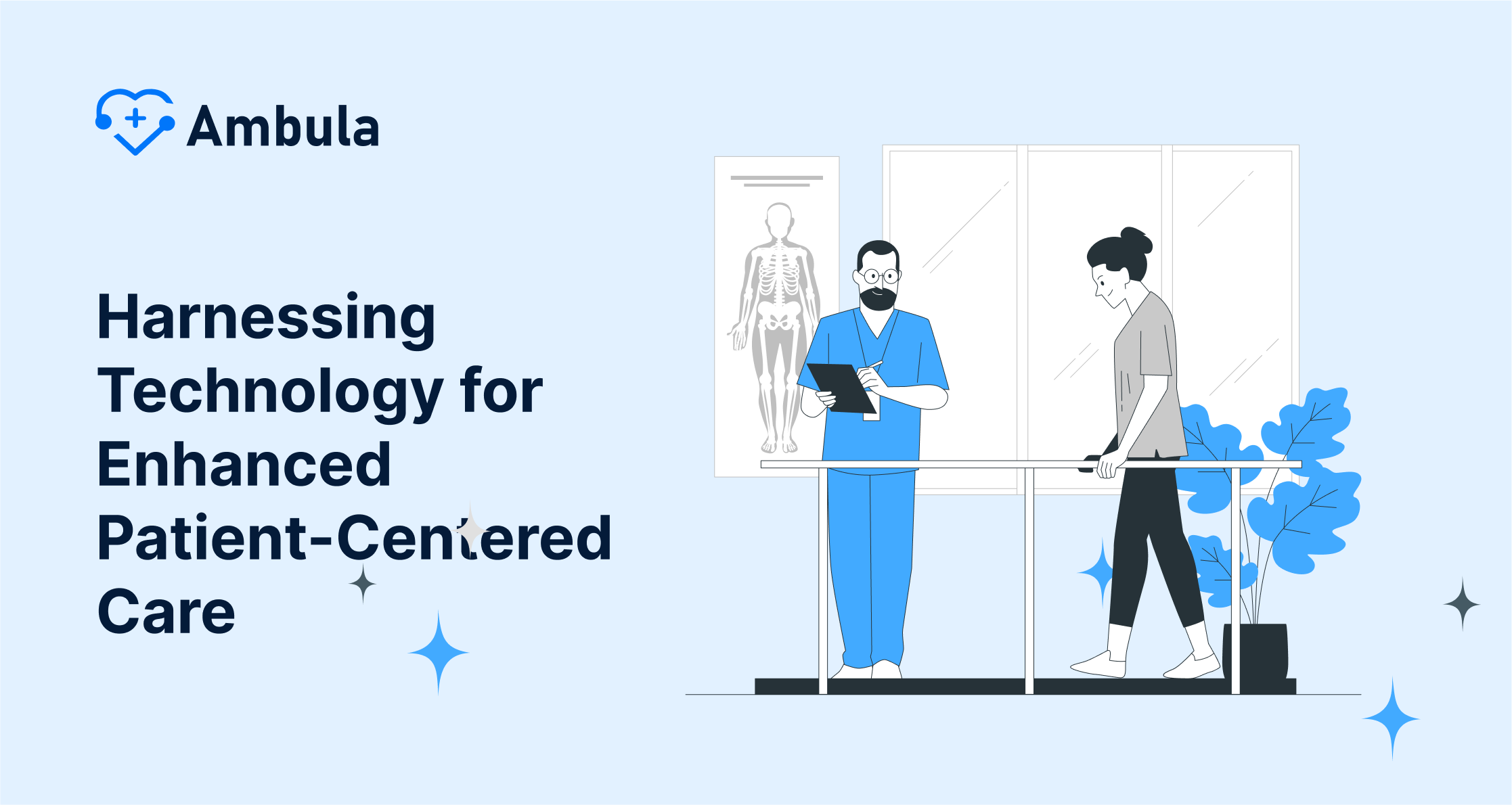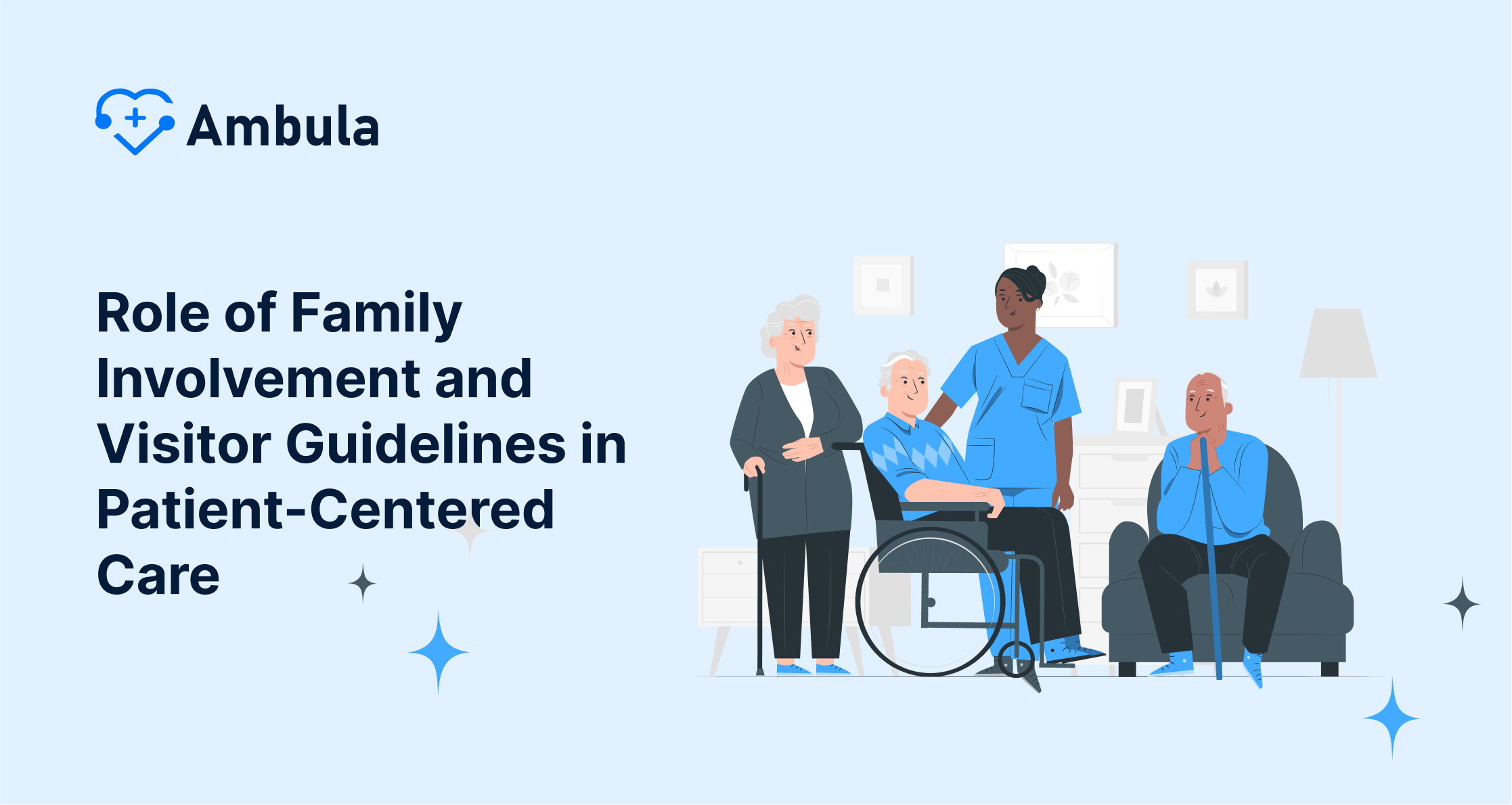In recent years, the health care scene has seen a big change moving from a doctor-focused model to one that puts patients first. This new way of thinking has changed how health care works making sure patients are the main focus of their treatment. Patient-centered care isn’t just a fancy term; it’s a way of thinking that sees each person as unique, with their own needs, likes, and values. It helps patients take part in making choices about their health care.
Understanding the Basics
Patient-centered care is a complex idea that covers many parts of healthcare. At its heart, it’s about treating patients with respect, dignity, and care for their cultural values and choices. It means listening to patients telling them about their health, and getting them involved in making decisions. The Institute of Medicine (IOM) says patient-centered care is “giving care that respects and responds to each patient’s likes, needs, and values, and making sure patient values guide all medical choices.”
The Importance of Patient-Centered Care in Healthcare
Patient-centered care also known as person-focused care, has an impact on how modern healthcare is delivered. This approach treats each person based on their specific health needs and desired outcomes. Patients, their families, and medical professionals make healthcare decisions together in this model. This method puts emphasis on educating patients to make sure individuals have the knowledge to make smart choices about their care.
Patient satisfaction is key, but this approach also takes into account the patient’s beliefs, culture, and money situation. It puts equal weight on emotional health and physical comfort. Good patient-centered care depends on team decisions where the care team, patient, and family join forces to create and stick to a care plan that fits the patient’s needs and likes best.
How Leaders Can Push Patient-Centered Care Forward
Strong leaders are essential for any patient-centered care model to work well. They need to set a clear goal: to give personal kind care while keeping quality high. To check how well things are going and find ways to get better, it’s crucial to measure quality, including through patient surveys.
Care providers and specialists need to work together as a team. When healthcare workers build personal connections with patients, it opens the door to honest conversations and stronger relationships. This has an impact on how well patients stick to their treatments and how happy they are overall.
Grasping the importance of patient-centered care helps doctors and nurses give better more tailored care. This way of doing things leads to better health results, gets patients more involved, and makes the whole healthcare experience better for everyone.
Using Tech to Boost Patient-Focused Care
Modern healthcare needs tech tools. Tech makes care easier to get, helps share info, and manages resources better. It also lets doctors tailor treatments to each person’s genes immune system, metabolism, and health markers.
Also, patient-focused care uses tech in short-term, emergency, and long-term care. In hospitals or clinics, tech can improve how we give and manage patient-focused care.
Team Work and Joint Choices in Patient-Centered Care
The main idea in patient-centered care involves teamwork and making choices together. Doctors teach patients to take part in health decisions working with their medical team. This shared process makes sure doctors consider both their advice and what patients want and need.
This method creates a good setting that values what patients and families prefer and gives patients more control over their healthcare. When doctors talk with empathy, it helps this teamwork and has an impact on how well this care model works in practice.
How Patient-Centered Care Affects Money and Resources
Over time, patient-centered care has had a positive influence on financial margins and resource allocation in healthcare organizations. When patients feel satisfied, healthcare institutions see their reputation grow, productivity increase, morale get better, and costs go down. This shows how patient-centered care improves outcomes, driving value-based health care and moving away from old cost-for-service models. Implementing patient-centered care is a smart way to boost healthcare delivery and outcomes while keeping an eye on cost-effectiveness.
Role of Family Involvement and Visitor Guidelines in Patient-Centered Care
In patient-centered care, hospitals encourage families to help patients recover. This has an impact on visiting hours and visitor rules. Maternity wards, for example, see how getting the patient’s family involved in care can make the experience less lonely and less stressful. This leads to happier patients and families.
Making the Transition toward Patient-Centered Care
Tearing down hierarchies and old-school roles in healthcare plays a key role in the shift to patient-centered care. This approach needs everyone to get involved, from the top brass to the care team, patients, and their loved ones. It pushes hospitals to set up family advisory boards, discussion groups, and other ways to talk and make choices together.
So, the move to patient-centered care is a path that could change healthcare for the better putting people and their specific health needs first. It’s high time we all got on board with patient-centered care, as it’s at the core of what healthcare is all about – keeping patients healthy and happy.
Statistics
- A 2019 study by the Agency for Healthcare Research and Quality (AHRQ) showed that patient-centered care has an impact on patient satisfaction, health outcomes, and the likelihood of adverse events. Patients receiving this type of care tend to be more satisfied, have better health results, and face fewer negative incidents.
- The Commonwealth Fund conducted a study in 2018 that revealed patients in hospitals with strong patient-centered care programs are more likely to say they get their care plan, feel part of their care process, and see their concerns addressed.
- In 2017, the Centers for Disease Control and Prevention (CDC) found that patient-centered care approaches can cut hospital readmissions by up to 20%.
- Research from 2016 by the Joint Commission showed that hospitals focusing on patient-centered care had lower death rates compared to those with weak patient-centered care programs.
These numbers show that putting patients first has a big impact on care quality and healthcare costs. When healthcare groups use patient-first methods, they can boost patient results, cut expenses, and build a system that’s friendlier to patients.
Here are some more numbers about patient-centered care:
- A 2019 survey by the Kaiser Family Foundation revealed that 82% of Americans think it’s crucial for their doctor to listen and understand their concerns.
- A 2018 survey by the Commonwealth Fund showed that 70% of Americans believe they have a voice in their care.
- A 2017 survey by the Centers for Disease Control and Prevention (CDC) found that 60% of Americans feel their healthcare providers treat them and with dignity.
These numbers indicate that patients value care that puts them at the center. They’re more likely to feel happy when they think someone is listening to them and addressing their worries.
Patient-centered care marks a big change in how we deliver healthcare, putting people first in their treatment. This approach gives patients and their families a chance to take part in healthcare choices, leading to more complete and tailored healing. Teaching patients plays a key role in giving them the know-how to make smart decisions about their care. This results in better outcomes and happier patients.
To put patient-centered care into action, healthcare systems need to change how they work from the ground up. Everyone, from the people working with patients to the top bosses, needs to buy into this idea to create a place that puts patients first. As healthcare keeps changing, we need to ask: How can we bring in more patient-centered ideas to cause a revolution in the healthcare experience?
It’s time for doctors, lawmakers, and patients to get behind this idea and make real changes happen. When we put patients first, we can build a kinder, better, and more responsive healthcare system for everyone.







